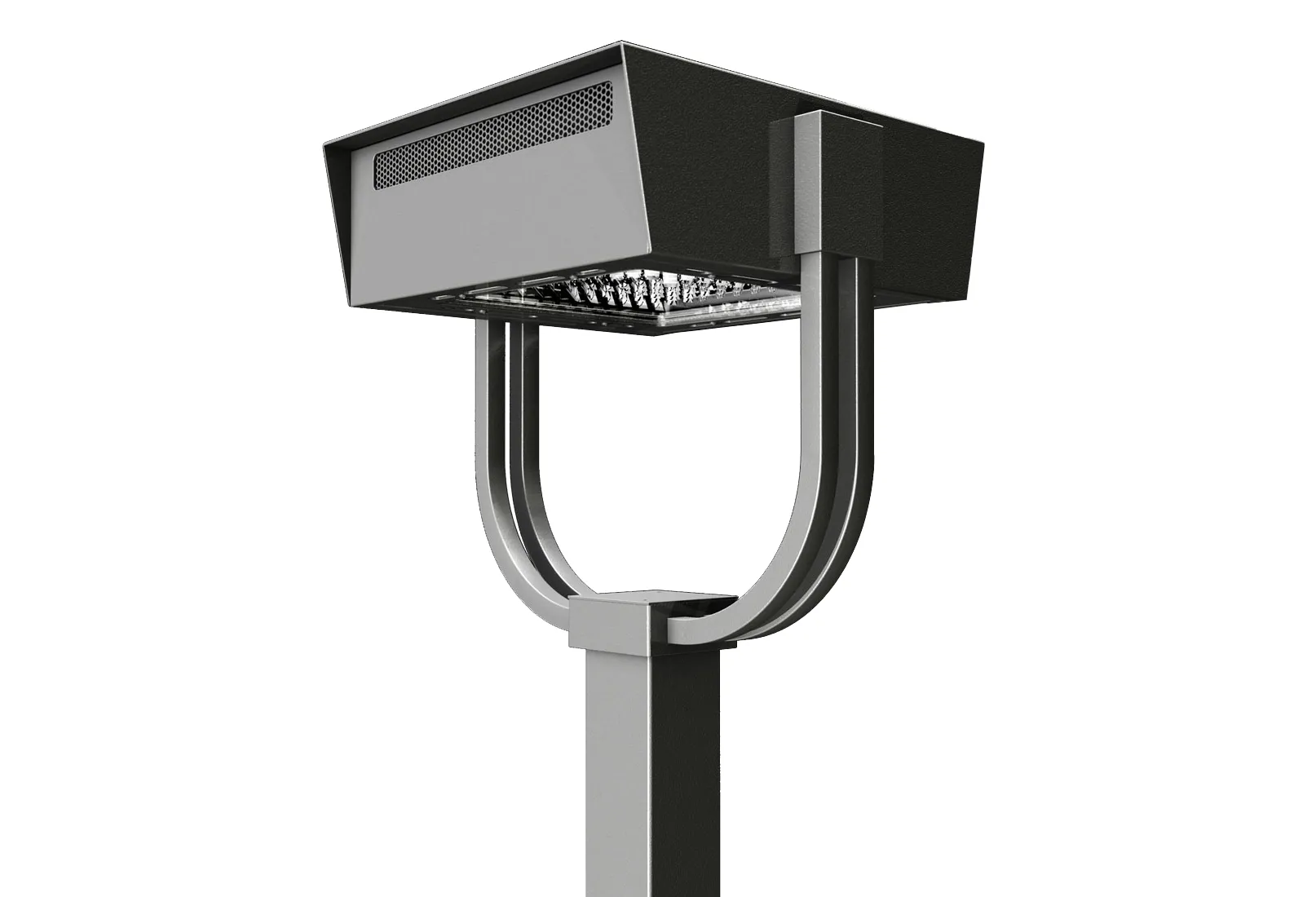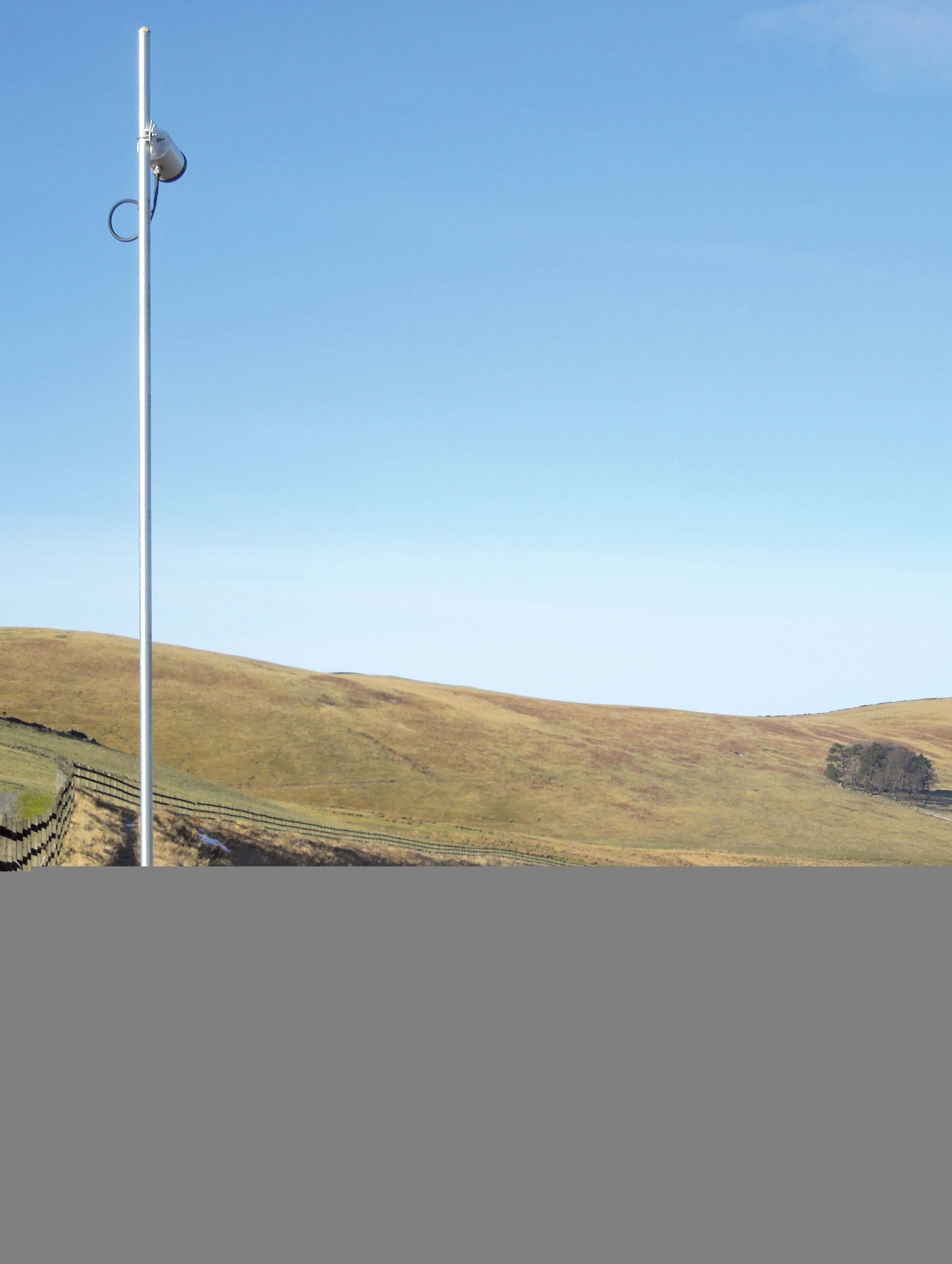Telensa, a leading UK-based ‘smart’ street lighting technology company, achieved sales of US$13 million and pre-tax profit of $2 million for the year ending 31 March 2013.
The sales growth of just under 20% on the US$10.9 million achieved in 2011-12 is said to be the result of the company securing contracts from further UK street light contractors and local authorities for its PLANet (Public Lighting Active Network) wireless street light central management system (CMS).
October 30, 2013
Read time: 3 mins

The sales growth of just under 20% on the US$10.9 million achieved in 2011-12 is said to be the result of the company securing contracts from further UK street light contractors and local authorities for ITS PLANet (Public Lighting Active Network) wireless street light central management system (CMS).
Telensa’s PLANet system accurately Controls switching and dimming of street lights. It also measures energy and detects faulty street lights and helps customers deliver significant savings on energy bills and meet government carbon emission targets.
Telensa is the UK market leader for CMS with unit sales and orders of ITS products for over 650,000 street lights across 25 local authorities. For example,
Will Gibson, co-founder and managing director of Telensa, said, “Our growth and strong order book are further proof that demand is rising for ‘smart’ street lighting systems. Telensa is the leading supplier in this market because our long range, low power wireless solution is the simplest to deploy, the most reliable, extremely cost-effective, and is compliant with European and American radio regulations.
“We estimate that there will be up to 200 million ‘smart’ street light units installed globally in the next two decades and we believe that with our large installed base in the UK, we are in a strong position to penetrate overseas markets. We are particularly focusing our efforts in the Americas and have a number of pilot projects underway, one of which is in San Francisco where our system has been selected for an adaptive lighting trial linked to changing traffic flows.”
The UK is leading the world in the adoption of ‘smart’ street lighting with 21% (1.5 million) of the UK’s 7 million street lights already committed to being equipped with CMS technology.
Telensa’s PLANet system uses advanced ultra-narrow band (UNB) wireless technology which differentiates it from other solutions on the market. UNB requires less infrastructure equipment for large populations of street lights, meaning networks can be rolled out more quickly and with simpler network management than competitor systems.
The PLANet system comprises telecell control units & dimming modules, base-stations (or gateways), a central system server and a user interface. With a full range of devices, the system can be applied to all types of lighting fixtures, retro or new build deployments. The system also works with a wide range of lamp types including LEDs.
Telensa is also a member of the TALQ Consortium, which is working for the standardisation of a management software interface for outdoor lighting networks.









